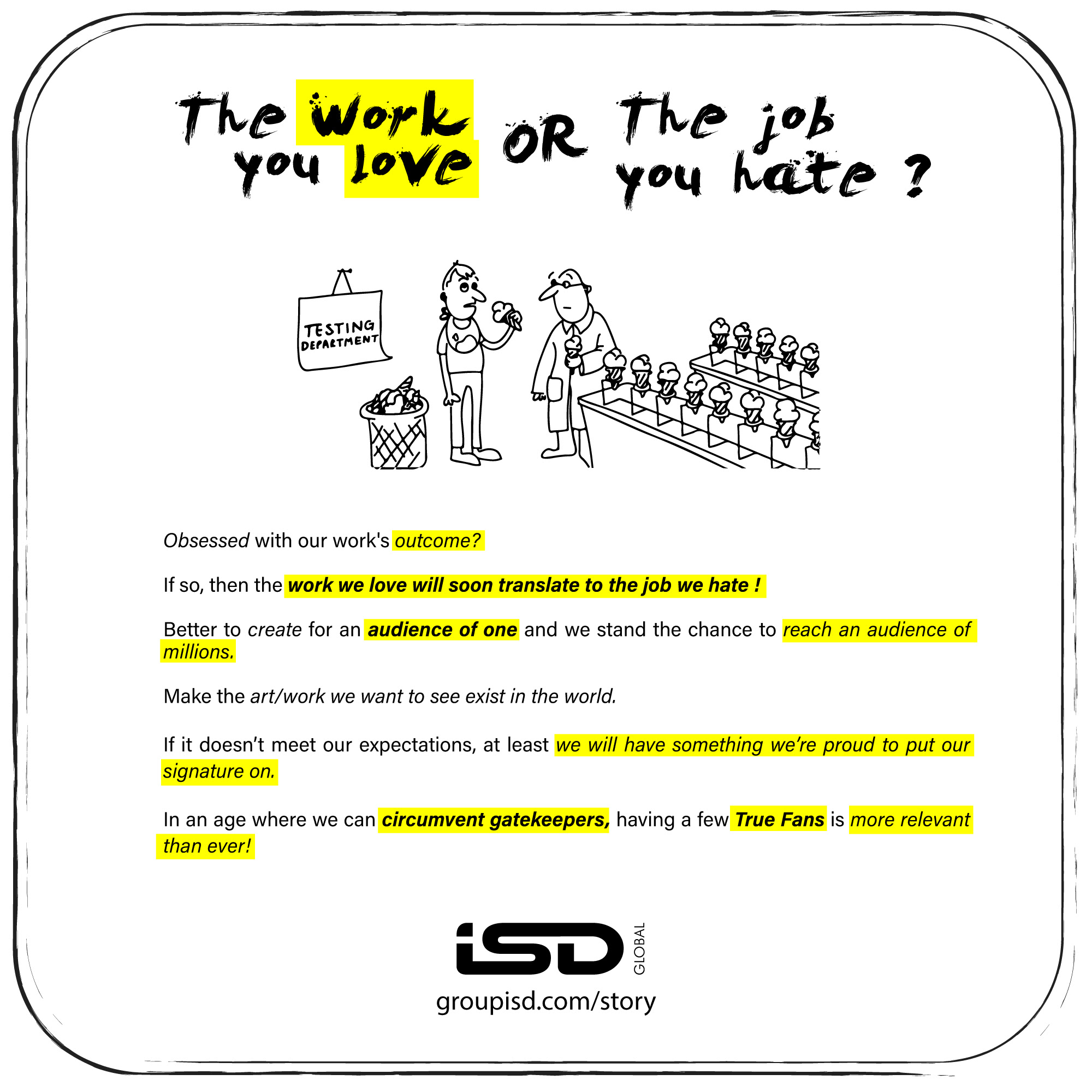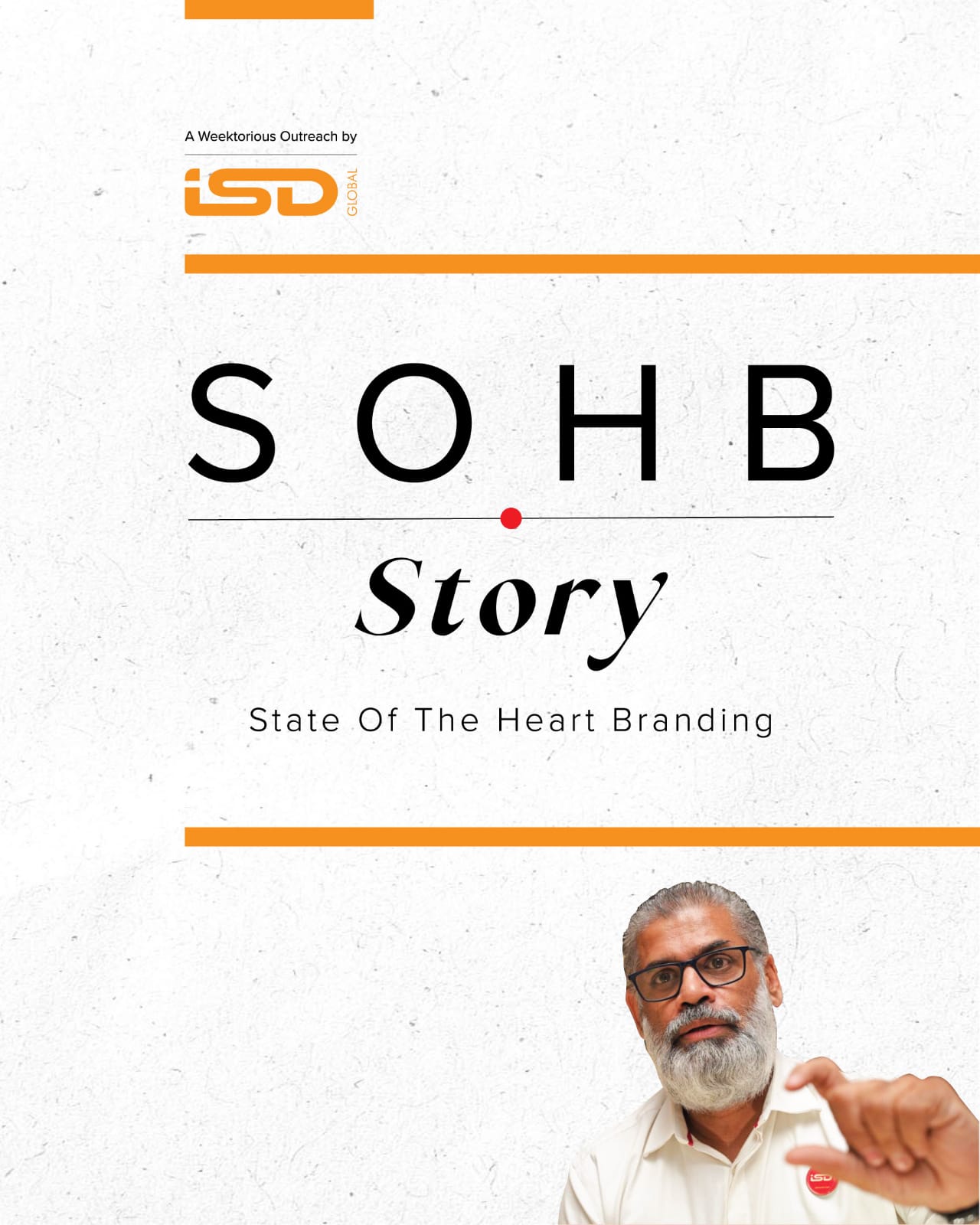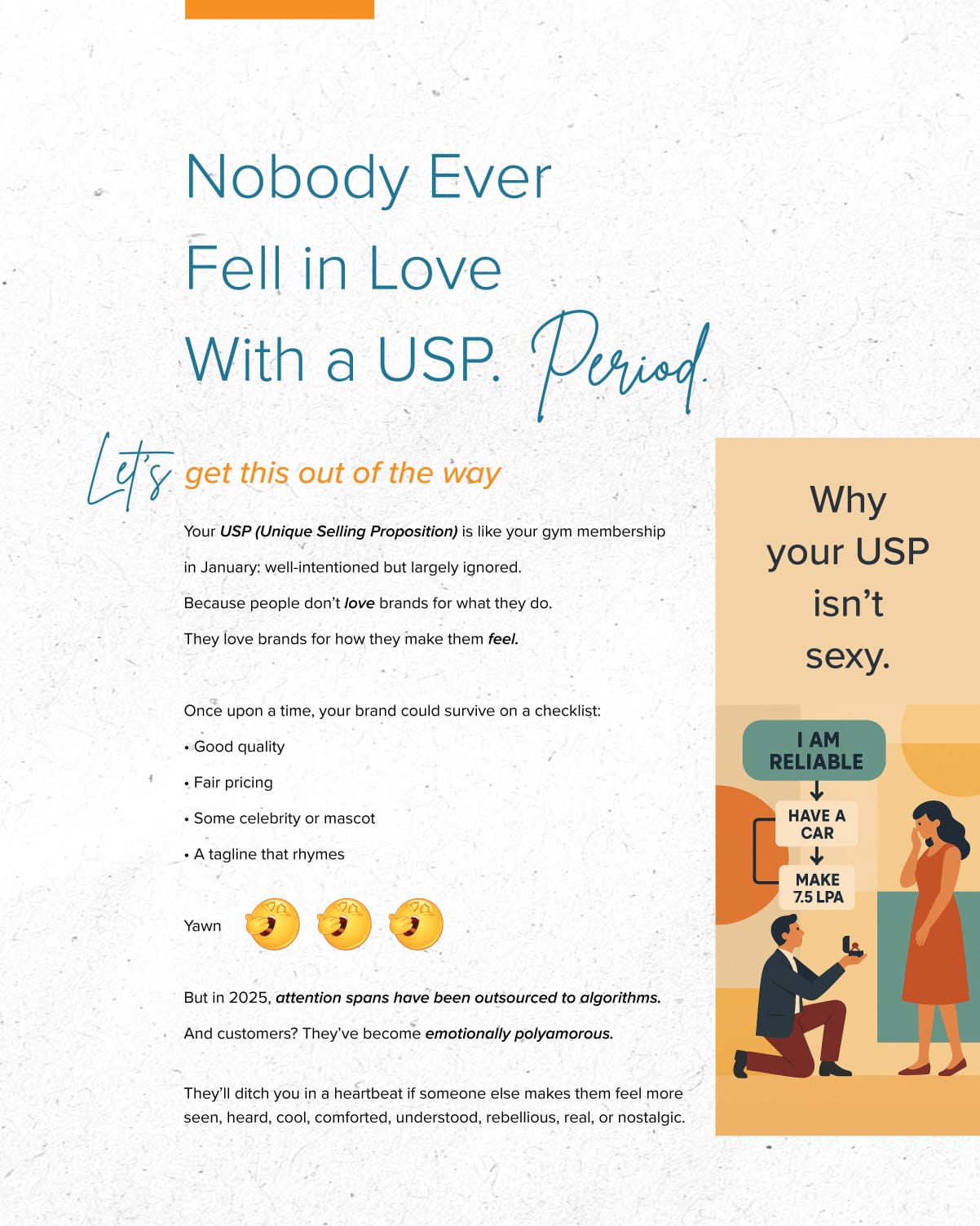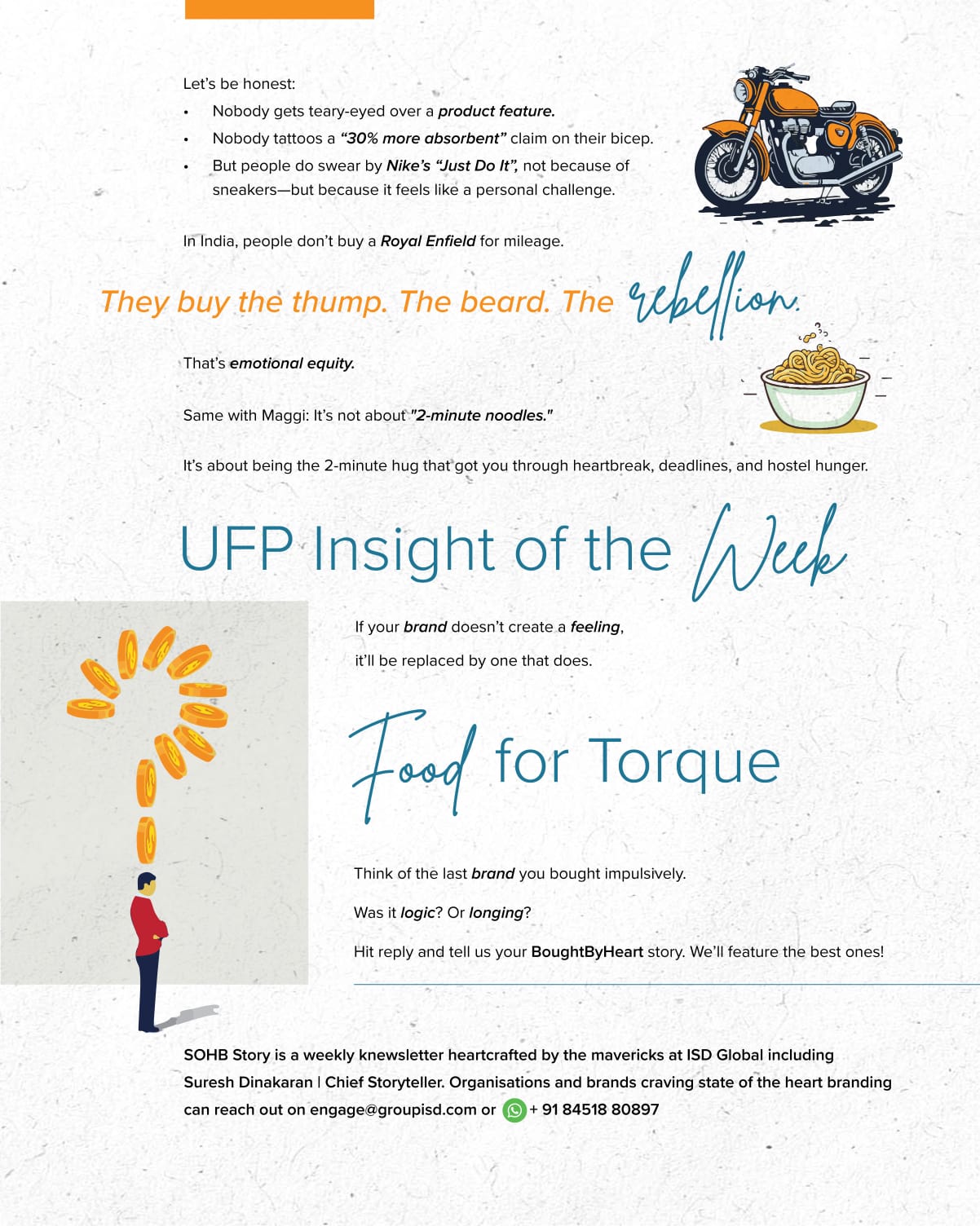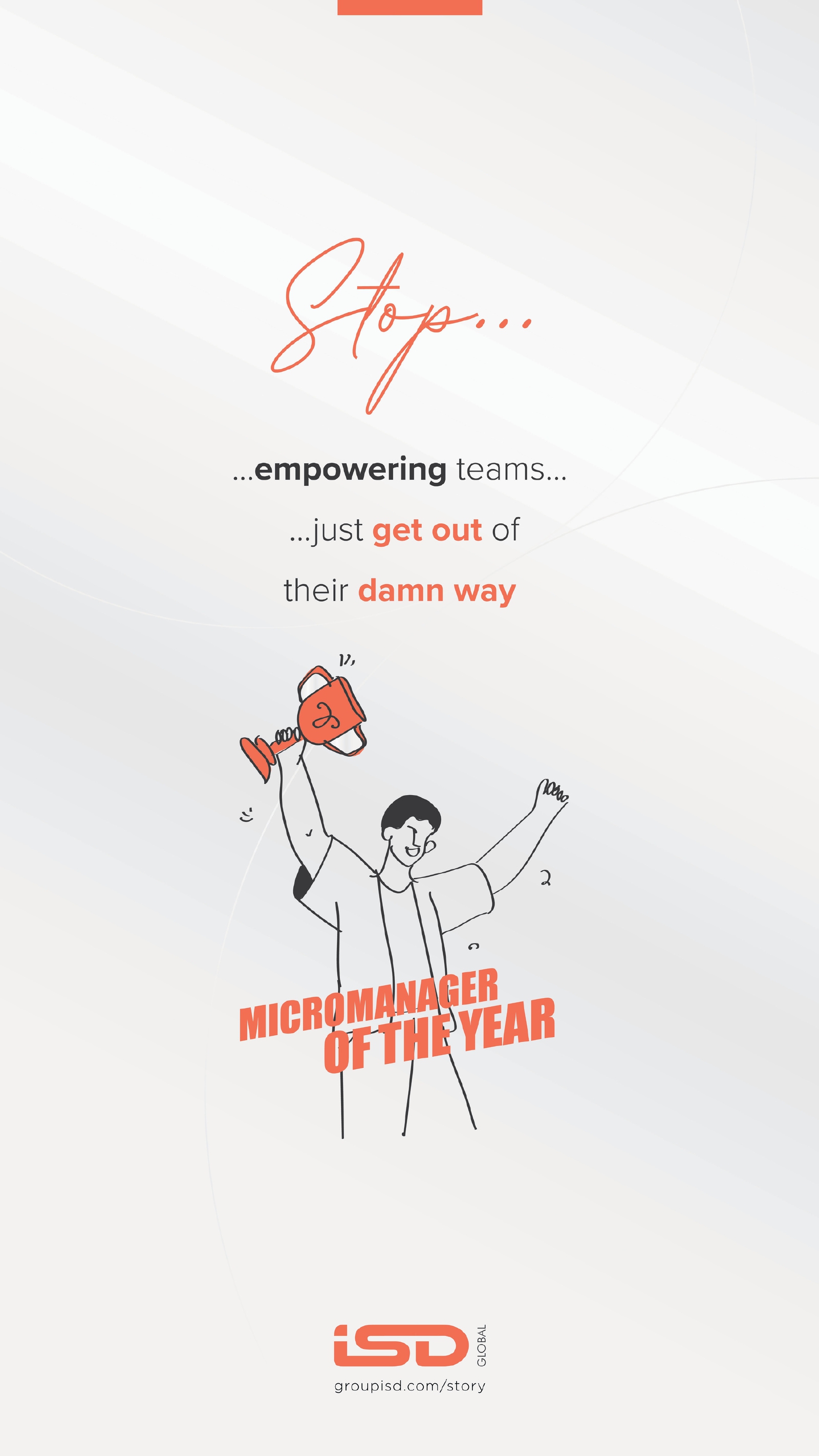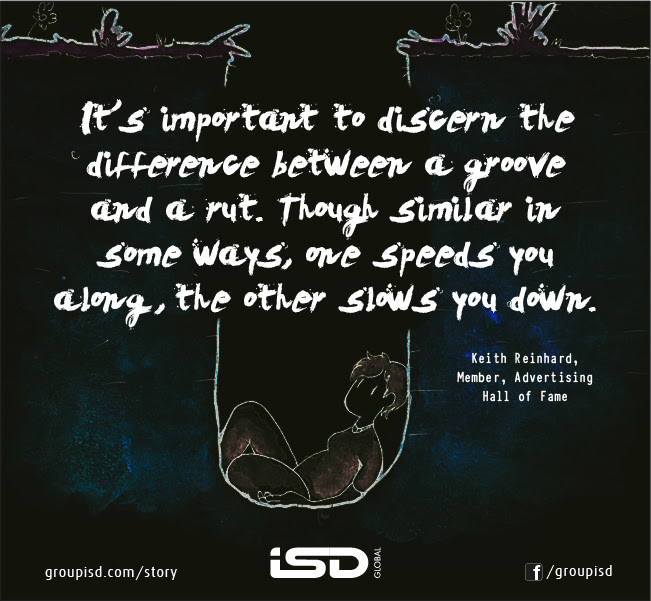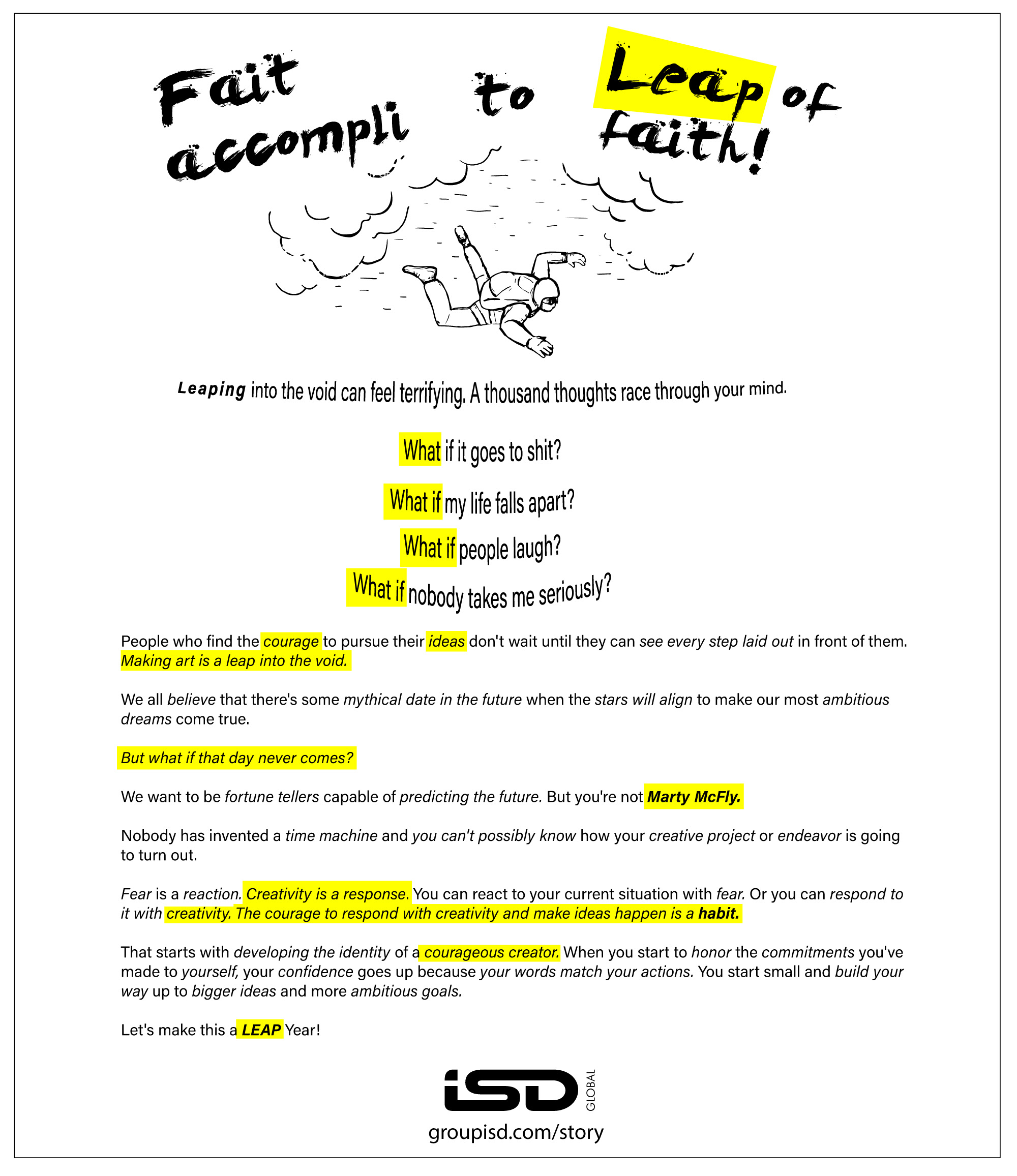Let’s start with a brutal truth—humanity’s greatest innovations didn’t come from optimization. They came from inefficiency, chaos, and glorious, unapologetic waste.
The wheel? Probably invented by some caveman who was sick of dragging his dinner home. The internet? Born because a bunch of nerds wanted to share cat pictures (and, okay, maybe some defense research). Yet here we are, in 2025, worshipping at the altar of optimization like it’s the messiah of progress.
Let me paint you a picture. It’s Monday morning in Bangalore, and Rajesh – let’s call him that because every corporate story needs a Rajesh( or feel free to call him Suresh) – is optimizing his commute. He’s calculated that leaving at 8:17 AM (not 8:15, not 8:20, but precisely 8:17) will get him to office in exactly 43 minutes, accounting for traffic patterns, monsoon probability, and the likelihood of his neighbor’s car having an existential crisis in the parking lot.
Rajesh has also optimized his breakfast (protein shake in 2.5 minutes), his shower routine (military precision), and even his goodbye kiss to his wife (efficiency over passion, apparently). By the time he reaches office, he’s already mentally exhausted from being optimal.
Sounds ridiculous? Of course it does. But we’re all Rajesh in some way. We’ve all drunk the optimization Kool-Aid so deeply that we’ve forgotten a fundamental truth: Life isn’t a machine, and neither are humans. Yet here we are, frantically trying to squeeze every drop of efficiency from our existence like we’re some kind of human juice boxes.
Here’s the dirty little secret optimization evangelists don’t want you to know: Peak efficiency is the enemy of breakthrough innovation. When everything is optimized, there’s no room for the beautiful accidents that create magic. Post-it Notes were born from a “failed” attempt to create super-strong adhesive. Penicillin was discovered because Alexander Fleming was messy and left his lab cultures exposed. Twitter emerged from a failing podcasting company. Slack was a byproduct of a failed gaming venture.
None of these revolutionary innovations would have survived an optimization audit. They were all “inefficient” uses of resources, time, and talent. Yet they changed the world. As some wise soul remarked ” the best ideas come during periods of slack, not during the tyranny of a hustle “.
On a personal level, we’ve optimized ourselves into misery. We track our steps, monitor our sleep cycles, optimize our diets, and schedule our spontaneity. We’ve turned life into a performance metric and wondered why we feel so empty. The corporate obsession with optimization stems from a fundamental misunderstanding of what business is about. We’ve confused activity with achievement, busyness with business, and metrics with meaning.
The irony is delicious: In trying to eliminate waste, we’ve wasted the very thing that makes businesses human – the capacity for surprise, creativity, and genuine connection.
Here’s a radical thought( we can dare to term it ” strategic inefficiency “): What if we deliberately built inefficiency into our systems? What if we optimized for serendipity instead of predictability?
Some of the world’s most successful companies already do this. Netflix gives employees unlimited vacation time – completely inefficient from an HR perspective, but it attracts and retains creative talent. Patagonia shuts down on powder days so employees can go skiing – terrible for quarterly metrics, amazing for company culture.
In India, Tata Group‘s approach to CSR is strategically inefficient. They could optimize their charitable giving for maximum tax benefits, but instead, they focus on long-term social impact. This “inefficiency” has built them a brand reputation that money can’t buy.
Some of history’s greatest achievements came from people who were terrible at optimization. If we were to look at productive procrastination, look no further than Charles Darwin who took twenty years to publish “On the Origin of Species” – imagine the project management nightmare! Gandhi‘s non-violent resistance was spectacularly inefficient compared to armed revolution, yet it proved more powerful.
Even in modern times, Lin-Manuel Miranda spent seven years creating “Hamilton” while working on other projects. From an optimization standpoint, it was a disaster. From a creative standpoint, it was genius.
The solution isn’t to abandon all efficiency – that would be equally foolish. The answer is to optimize selectively and purposefully. Optimize the stuff that doesn’t matter so you can be gloriously inefficient with the stuff that does. Look around the world, and you’ll find that the most vibrant, creative, and ultimately successful societies aren’t the most optimized ones. Italy‘s “inefficient” lunch culture creates social bonds that fuel business relationships. Japan‘s seemingly wasteful consensus-building process (nemawashi) actually accelerates implementation. Brazil‘s carnival is economically ridiculous and culturally invaluable.
The Nordic countries consistently top happiness and innovation indices not because they’re optimized, but because they’ve optimized for the right things – human wellbeing over economic efficiency.
Remember that we humans aren’t machines. We’re beautifully inefficient creatures capable of magic precisely because we’re not optimized. Measure what matters, not what’s measurable. The most important things in life – love, creativity, wisdom, joy – resist quantification.
You can’t Six Sigma your way to serendipity, buddy. Optimization is the treadmill that convinces you you’re running a marathon—until you collapse… and realize you haven’t moved an inch.
Optimization started off as a good thing. Streamline processes. Save time. Improve outcomes. Get that extra per unit margin. But somewhere between the third iteration of a Gantt chart and your CEO quoting The Lean Startup like scripture, it became a disease. A cult. A blindfolded conga line of efficiency junkies chasing illusions of perfection while tripping over their own humanity. A lot of us are trapped in the algorithmic asylum.
Airlines are masters of optimization—charging for every inch of legroom, every ounce of baggage, and even for breathing the cabin air (almost). But in their quest to optimize costs, they’ve optimized customer experience into oblivion. Ever tried to get a refund or speak to a human? That’s optimization gone rogue.
Look at something closer to the bone, in our own lives- we now try to read books faster (ever heard of Blinkist? It’s like dating the summary of a person). Meditate more efficiently (10x Calm™—because who has 20 minutes to find peace?). Multitask every waking minute (emails on the toilet, Slack on the treadmill, podcasts while sleeping).
We’ve optimized life into a series of productivity sprints, all while forgetting that joy, presence, and wonder are gloriously inefficient. Remember that no one ever had a great first kiss that was optimized. Nobody ever reminisces, “That vacation was a Six Sigma success.” Because magic doesn’t scale.
Most orgs don’t have culture anymore. They have KPI-infused compliance theatres. We now optimize for meetings- read death by calendar. Optimize for emails -read CC everybody, say nothing. Optimize for “time saved” -read only to fill it with more pointless crap.
You’ve turned employees into dashboards. Leaders into data pimps. And customers into conversion rates. Congratulations, you just auto-tuned authenticity out of your brand.
Here’s the rub: Efficiency isn’t evil. Obsession with it is. Optimization becomes a trap when it becomes the default lens for every decision. When it overrides spontaneity, slack, intuition, and play. When it treats humans like code to be debugged and accelerated.
Gandhi didn’t optimize. He walked. Rumi didn’t A/B test his poems.Van Gogh didn’t use “sprint planning” to slice his ear. They lived in the mess. They mined meaning from the mush. Optimised wisdom anyone?
The universe didn’t optimize sunsets. It just made them beautiful. Your child’s giggle. A stolen kiss. A silly mistake that became a lifelong story. None of them were on a Gantt chart.
Stop sprinting. Start stumbling into wonder. Stay gloriously unoptimized.

